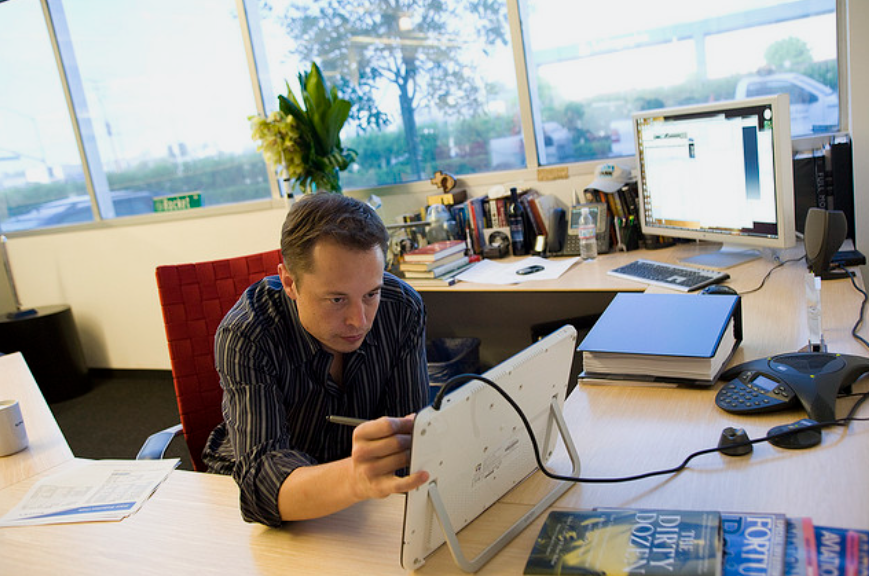Boeing’s space division is facing a storm of humiliation and internal frustration after its Starliner spacecraft failed to safely return two astronauts from the International Space Station. Originally designed for an eight-day mission, the capsule suffered critical malfunctions—including helium leaks and thruster failures—that left astronauts Butch Wilmore and Sunita Williams stranded in orbit for months. NASA, citing safety concerns, made the unprecedented decision to rely on rival SpaceX’s Crew Dragon to bring them home in early 2025.
For Boeing employees, this wasn’t just a technical setback—it was a public embarrassment. “We’ve had so many embarrassments lately, we’re under a microscope,” one anonymous worker confessed. “This just made it, like, 100 times worse.” The sentiment was echoed across the company, where morale has reportedly plummeted. Many workers expressed resentment toward SpaceX, a competitor they often criticized, now ironically cast as their savior.
The Starliner’s troubled history only compounds the issue. From its failed 2019 test flight to recent revelations about flammable materials and parachute flaws, the spacecraft has struggled to meet expectations. Boeing insisted the capsule could safely return the astronauts, but NASA refused to take the risk—invoking past tragedies like the Challenger and Columbia disasters as cautionary reminders.
Internally, the blame game has begun. Some Boeing staff accuse NASA of overreacting, while others acknowledge the company’s own missteps. The situation has exposed deep fractures in trust, accountability, and technical reliability. With billions already invested and reputations on the line, Boeing now faces a critical juncture: restore confidence or risk being permanently eclipsed by its more agile competitors.



